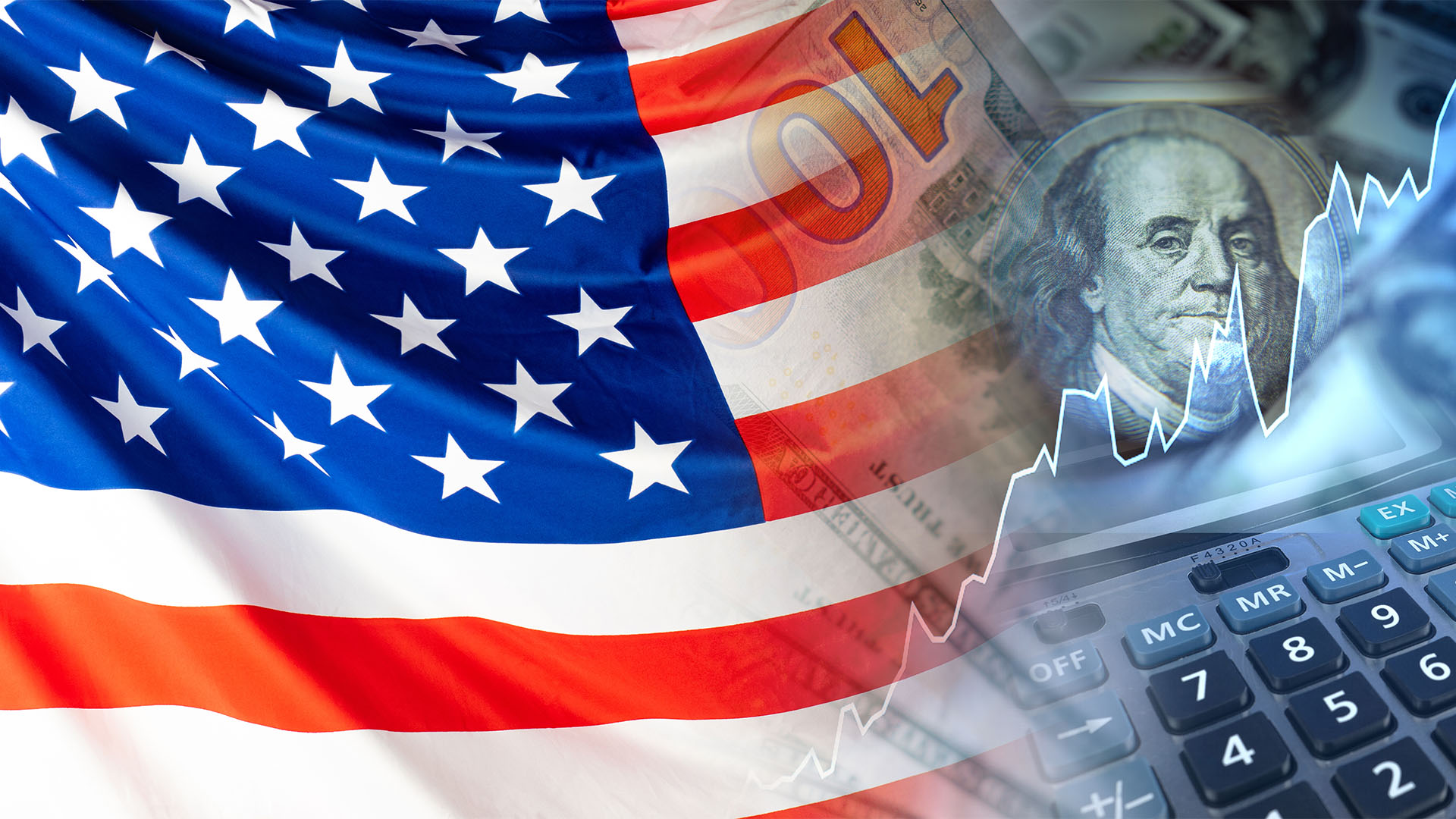If this were Australia, the 2.8% first estimate of June quarter economic growth from the US would have caused panic among the worrywarts in the business media and chattering class—not to mention the scaredy cats at the Reserve Bank—who would have been reaching for their ‘Rate Rise Now’ lever before even getting out of bed on Friday morning.
The 2.8% estimate was double the 1.4% March quarter outcome and shocked markets and economists.
It was also well above the 2.1% forecast as inflation fell and consumers spent up.
The news slowed the sell-off on Wall Street—the Dow rose, but the S&P 500 and Nasdaq continued to fall. Gold prices fell sharply, down nearly 2.3% to $US2,361 an ounce.
Normally, a strong reading would have triggered a ‘rate rise looms’ response from bond markets, but the US 10-year yield was down 4 basis points at 4.24%. The greenback edged higher, but the Aussie dollar dipped to 65.40 US cents.
While markets are not expecting a rate cut at next week’s Fed meeting, a drop is now fully priced in for September, aided by a better-than-expected reading on inflation in the June quarter.
Inflation in the quarter, as measured by the Fed’s favorite, the personal consumption expenditures price index, rose 2.6%, down from the 3.4% increase in the first three months of the year. Core PCE prices were up 2.9% for the quarter, down from 3.7%.
The monthly PCE data for June is out tonight.
Besides solid consumer spending (which saw the savings ratio dip a little), strong government spending, and a large inventory build drove growth.
Personal consumption expenditures, the main proxy for consumer activity, increased 2.3% for the quarter, up from 1.5% in Q1. Both services and goods spending saw solid increases for the quarter. Inventories also were a significant contributor, adding 0.82 percentage points to the total gain. Government spending added a tailwind as well, rising 3.9% at the federal level, including a 5.2% surge in defense outlays.
On the downside, imports, which subtract from GDP, jumped 6.9%, the biggest quarterly rise since the first three months of 2022. Exports were up just 2%.
“The composition of growth was one of the better mixes that we have observed in some time,” said Joseph Brusuelas, chief economist at RSM, told CNBC.
He said the report “tends to support the idea that the American economy is in the midst of a productivity boom, which over the medium term will lift living standards across the country via lower inflation, low employment, and rising real wages.”
In other economic news on Thursday, the Labor Department reported that first-time jobless claims totaled 235,000 for the week ended July 20, down 10,000 from the previous week and exactly in line with forecasts. Continuing claims, which run a week behind, edged lower to 1.85 million.
Additionally, durable goods orders—generally big-ticket items such as aircraft, appliances, and computers—unexpectedly fell 6.6% in June, compared with the forecast for a 0.3% increase. However, excluding transportation (lower output of Boeing’s and cars as factories retool), new orders rose 0.5%.














